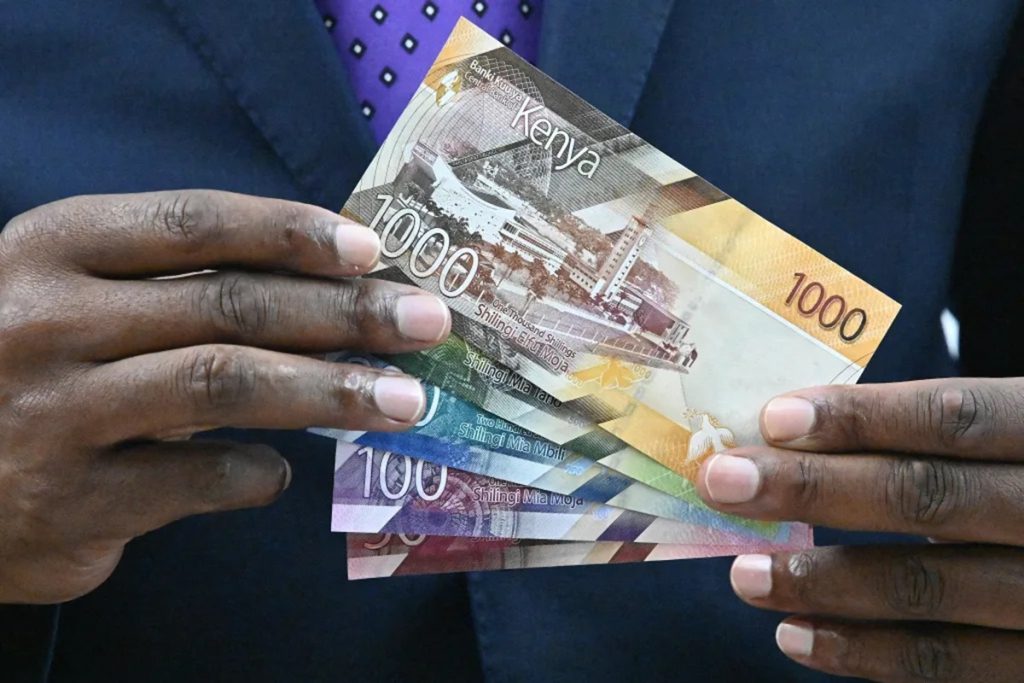The Kenya National Bureau of Statistics reported that year-on-year inflation in Kenya dropped to 4.3% in July, down from 4.6% the previous month.
This decrease to a four-year low was attributed to a strong shilling and a slight reduction in essential household expenses such as electricity and fuel. As a result, transport costs only increased by 4% in July, compared to a 7.7% increase in the preceding month.
Food prices also decreased to 0.5% from June to July. However, this reduction was inconsistent across all categories, as some items experienced notable price increases.

Kenya aims to keep inflation between 2.5% and 7.5% in the medium term. While overall inflation is under control, the rising costs of essential items like cooking oil and gas continue to strain consumers financially.
In June, widespread protests broke out in Kenya due to tax hikes and the high cost of living. As a result, President William Ruto, who took office in September 2022, was forced to retract a proposed finance bill that included these tax increases.
Inheriting a struggling economy burdened by high inflation, substantial debt, unemployment, and the impact of the COVID-19 pandemic, President Ruto faces a daunting task. He must navigate the demands of international lenders like the IMF for fiscal responsibility while also addressing the challenges faced by the population due to rising costs.
The current decrease in inflation might influence the upcoming decision of the Central Bank on interest rates. There is a potential for a rate cut, which could be a positive development for investors, with the Monetary Policy Committee set to convene on 6 August.


